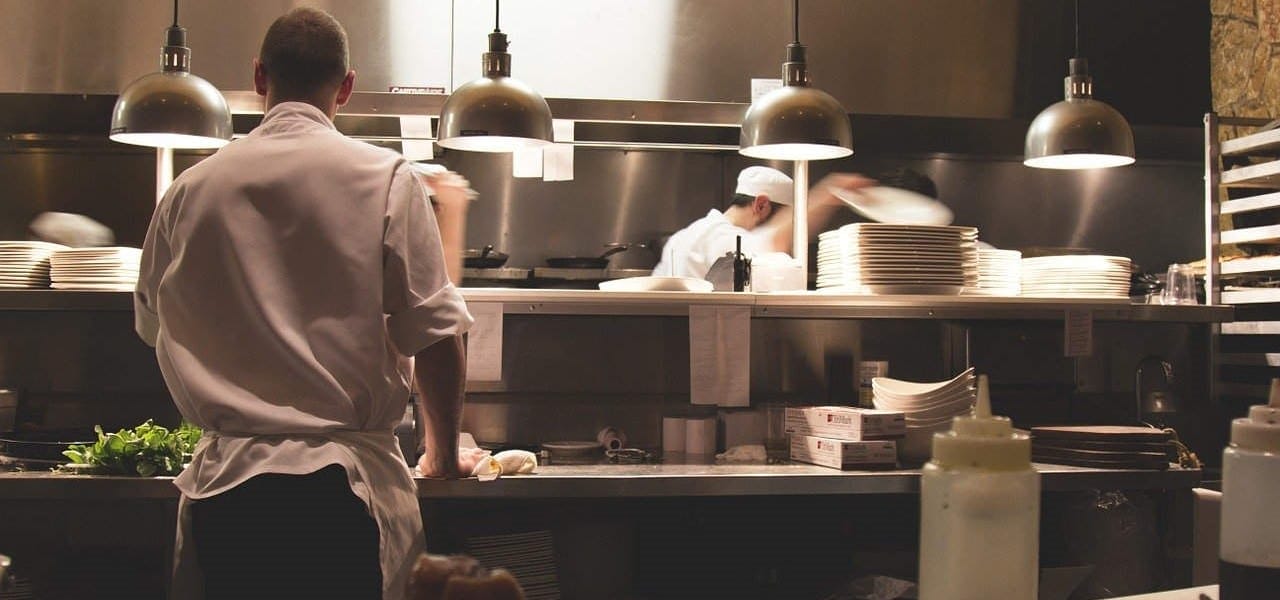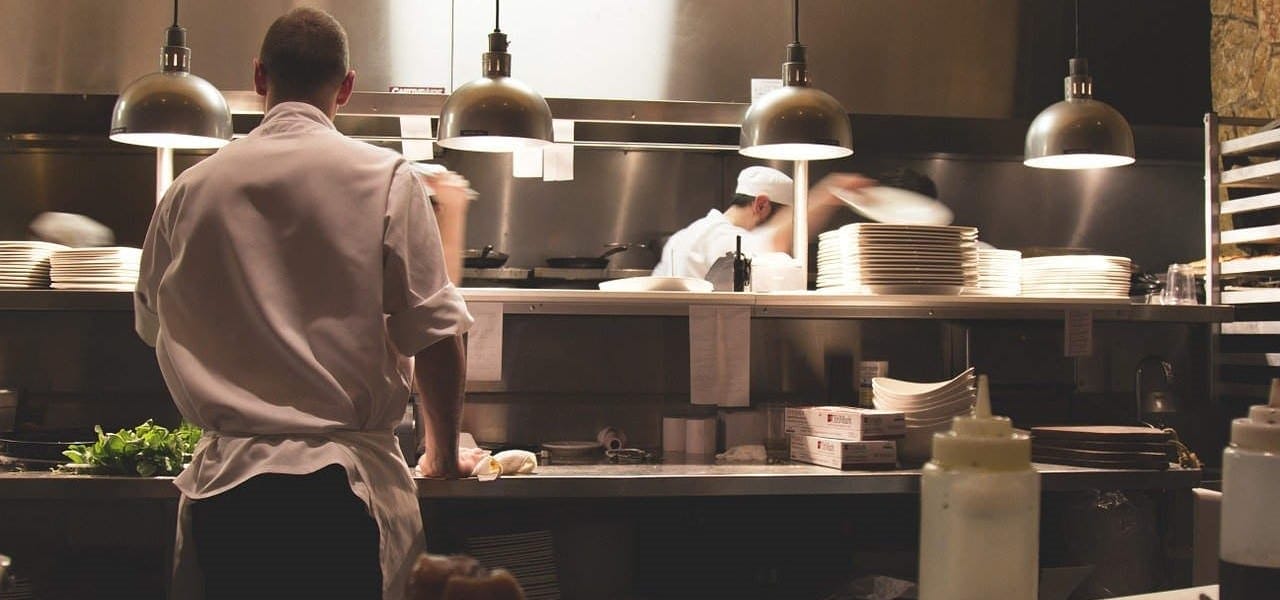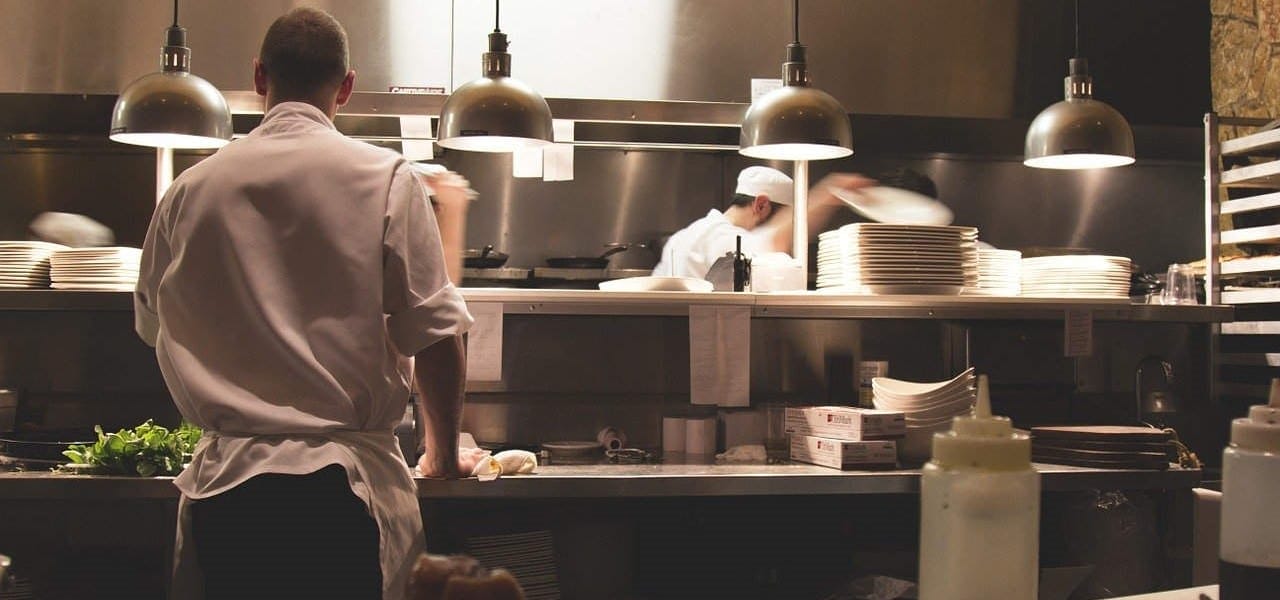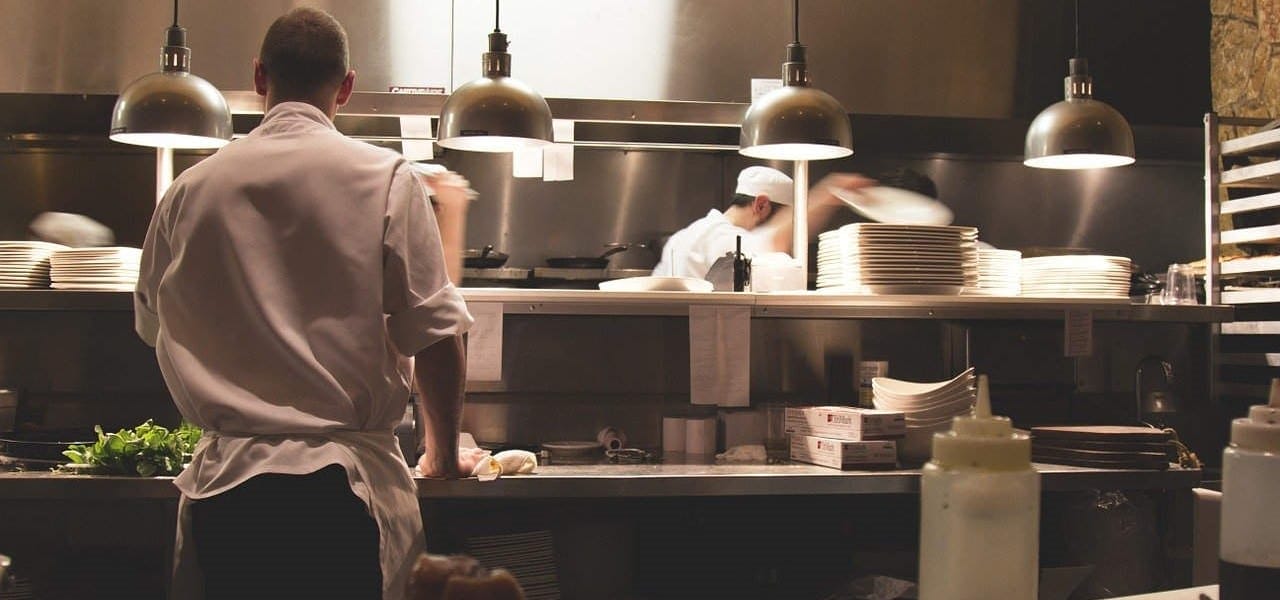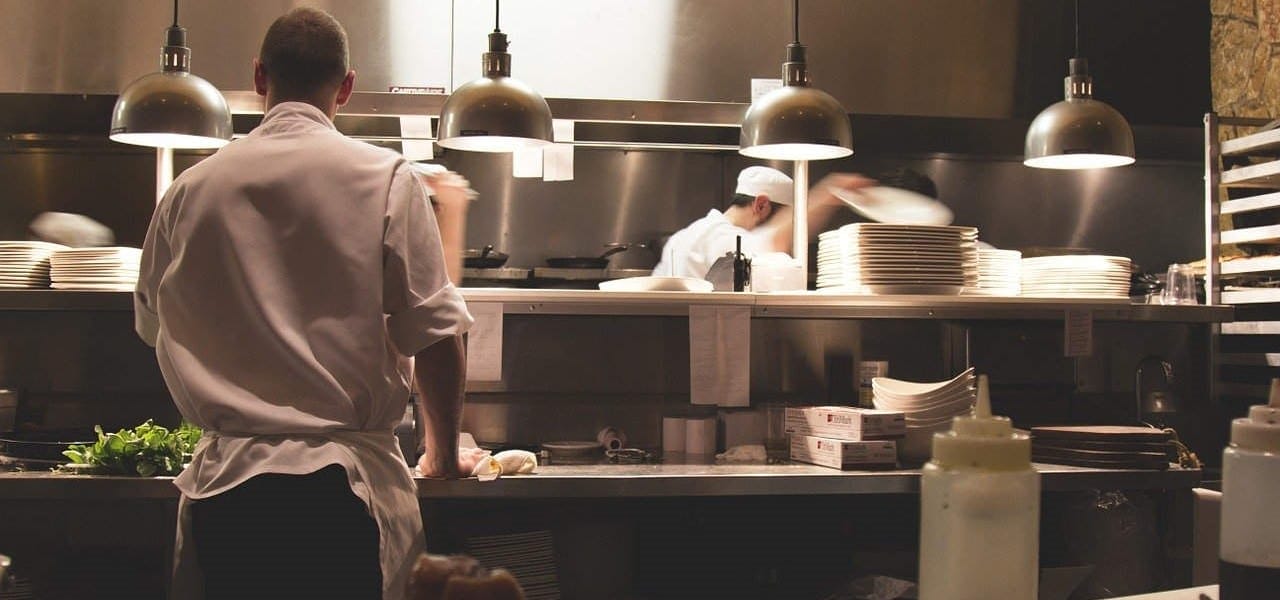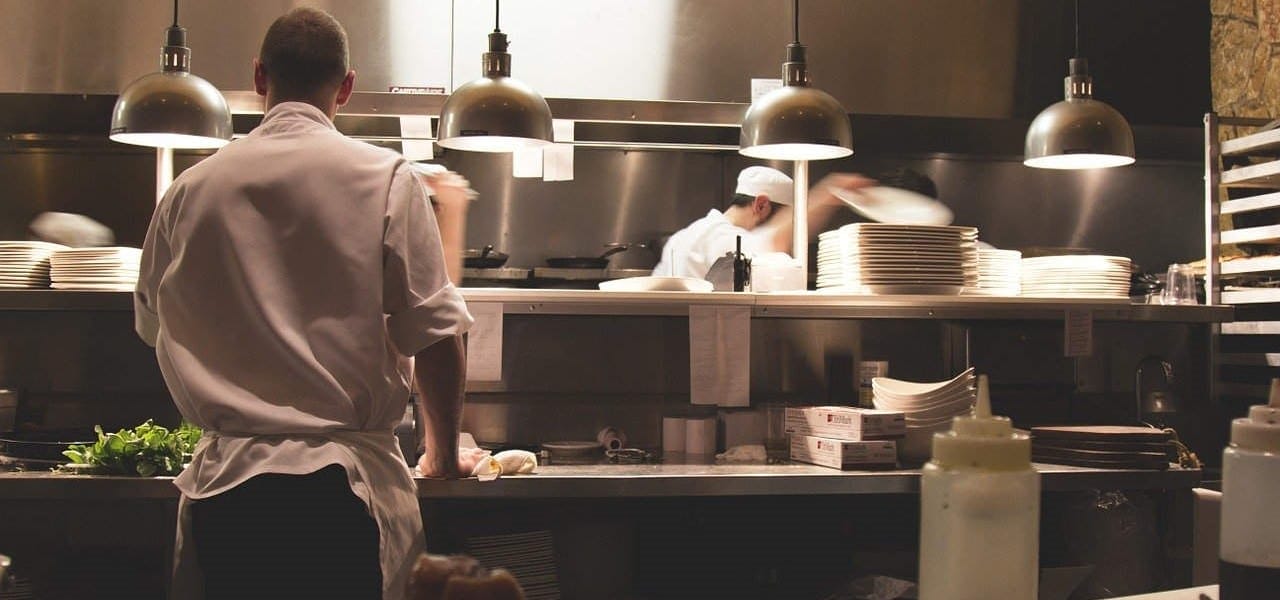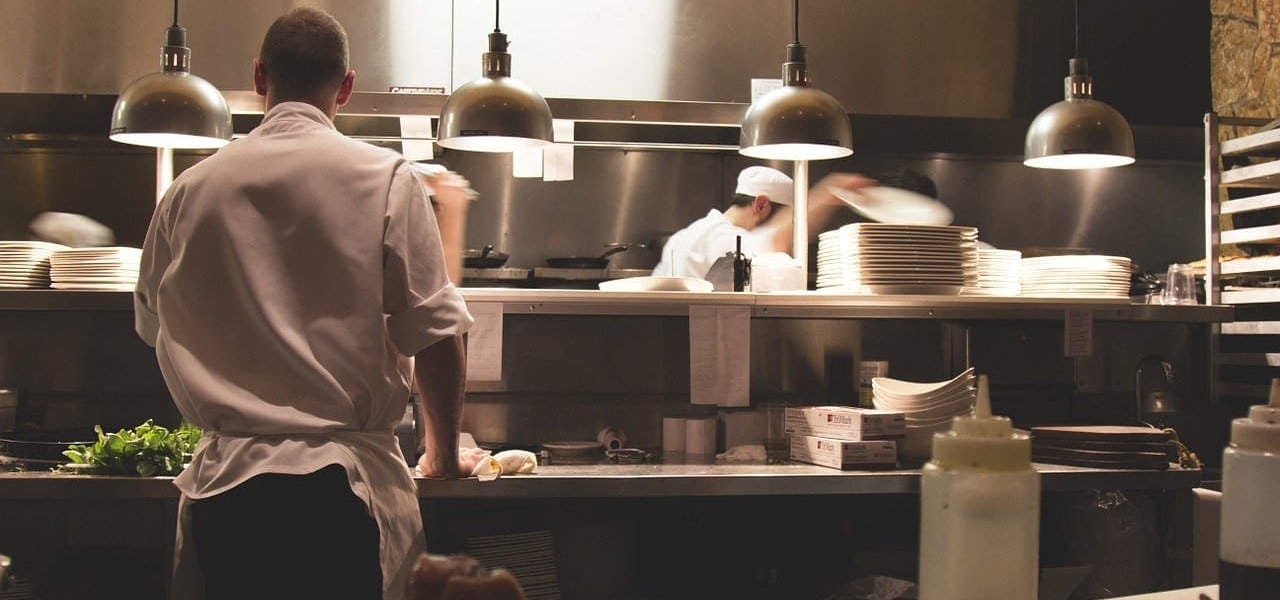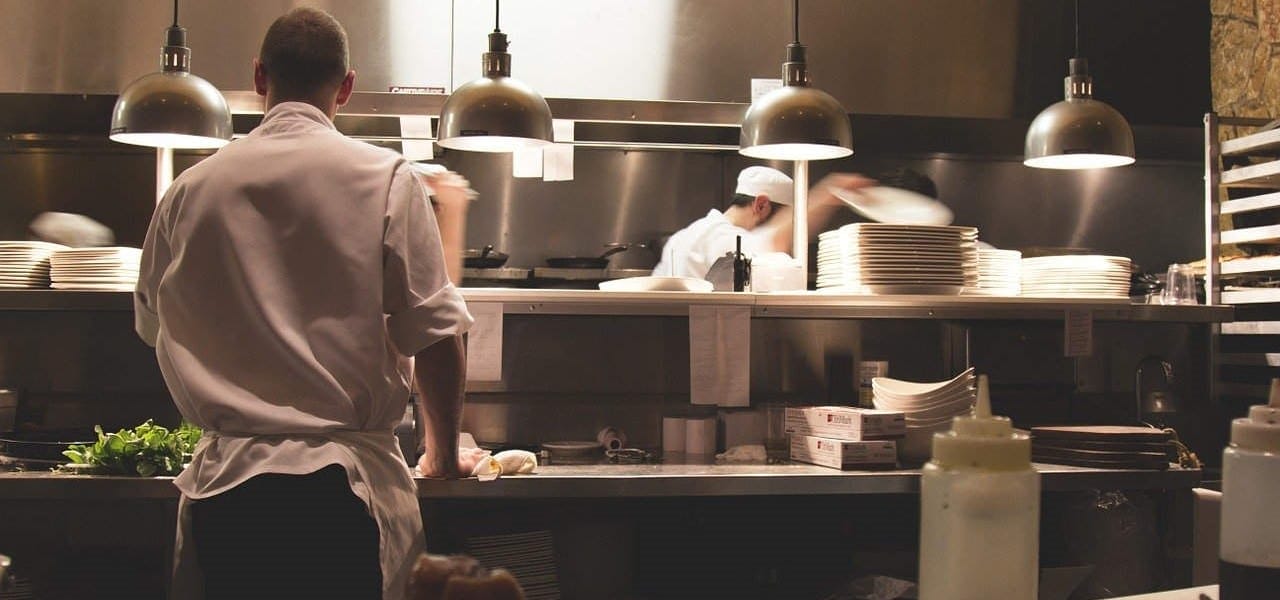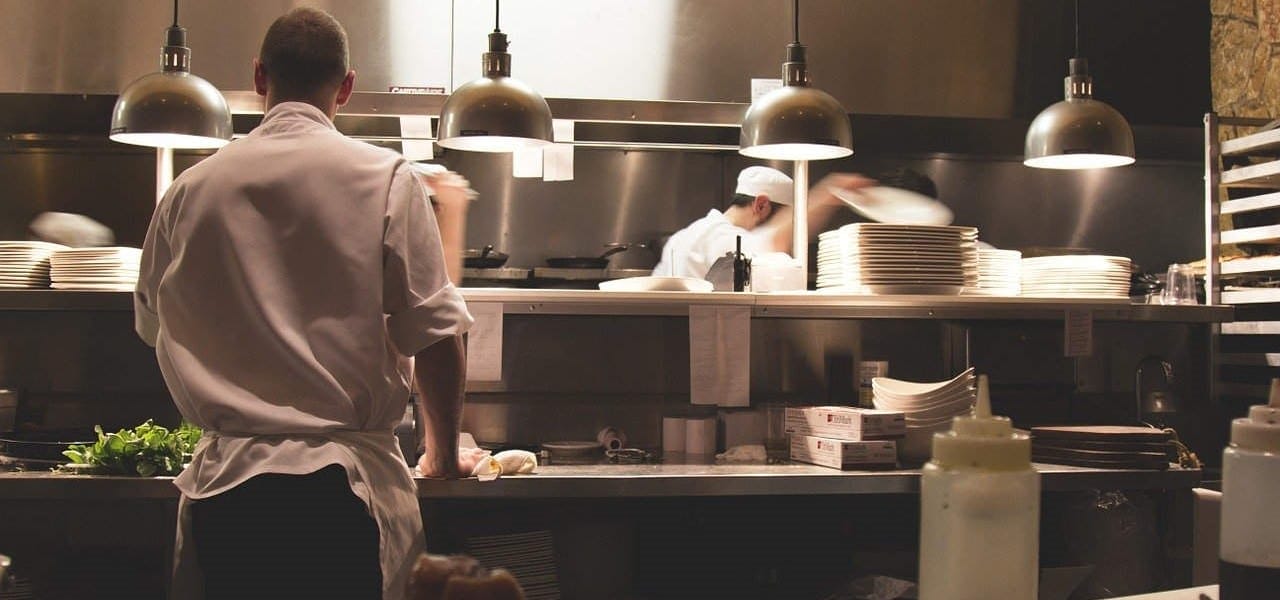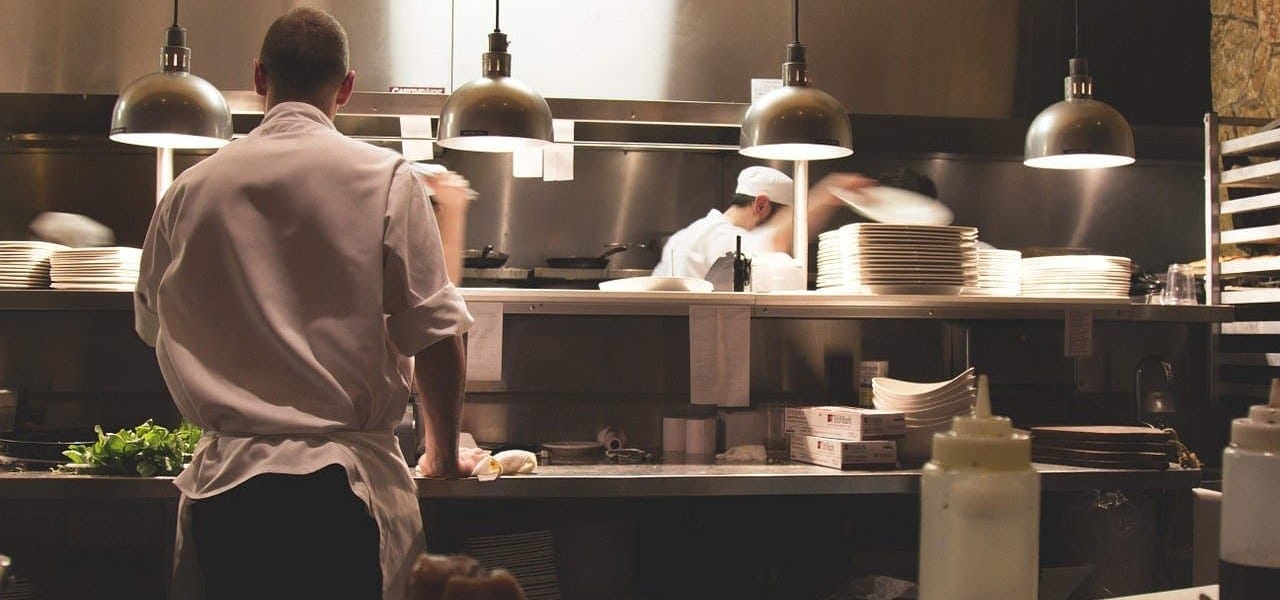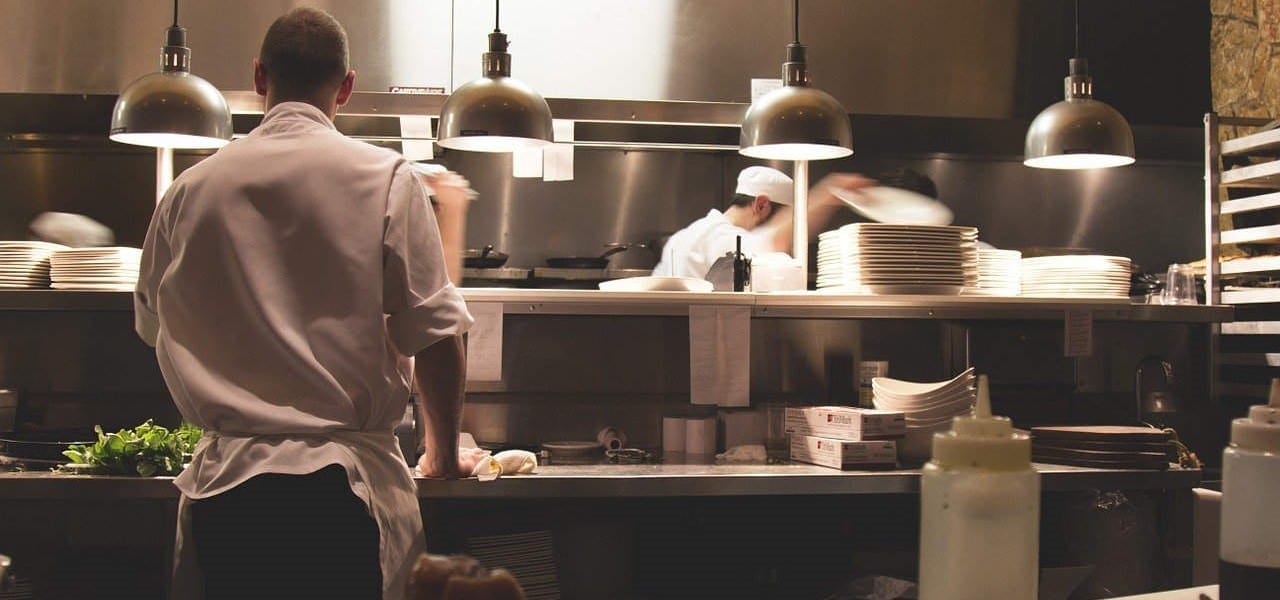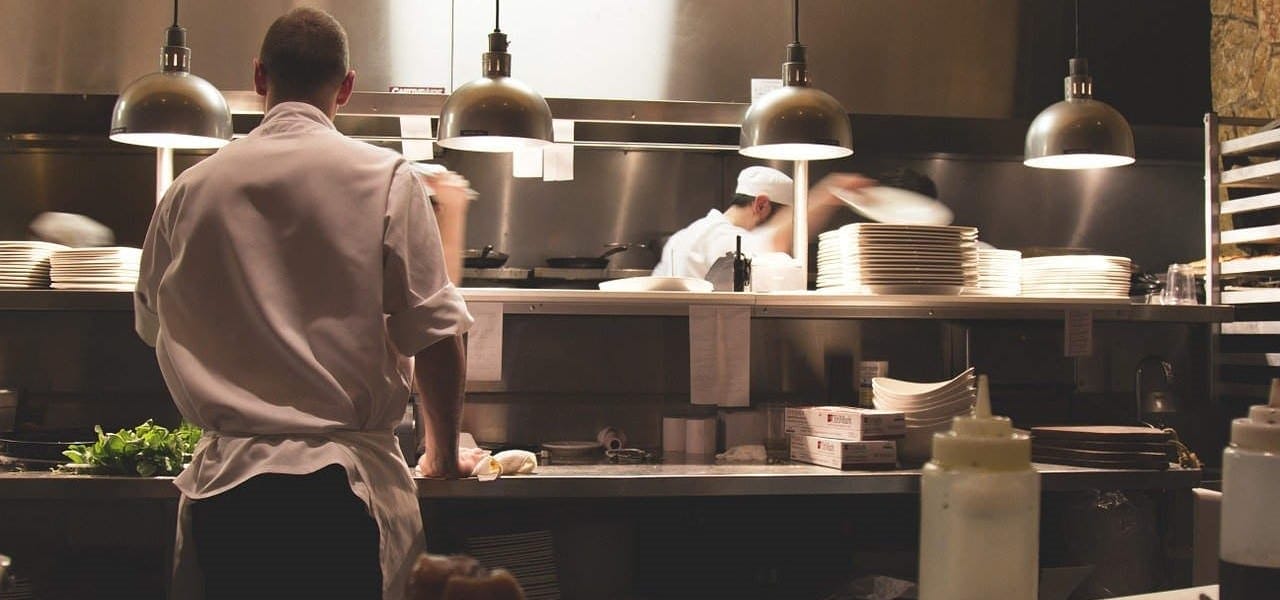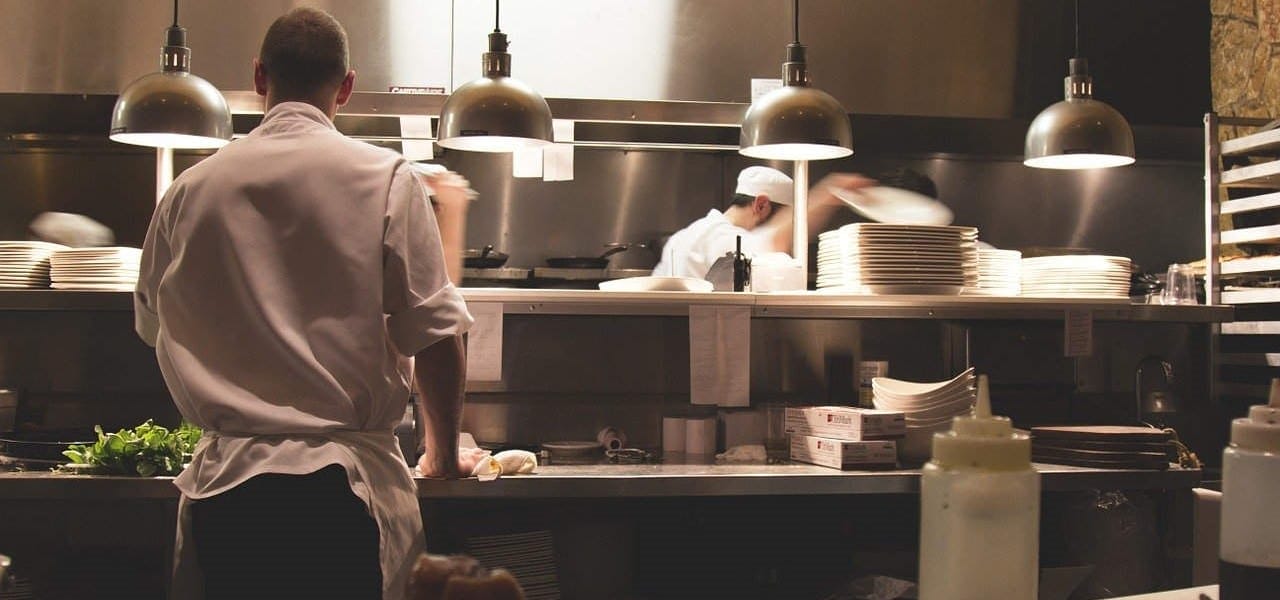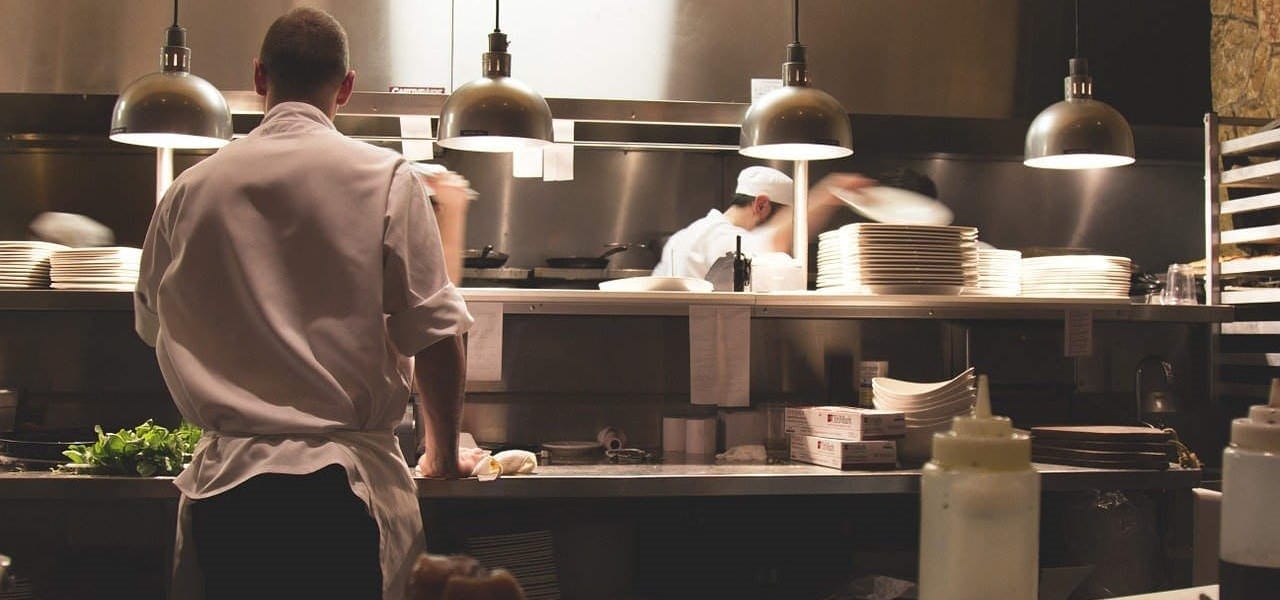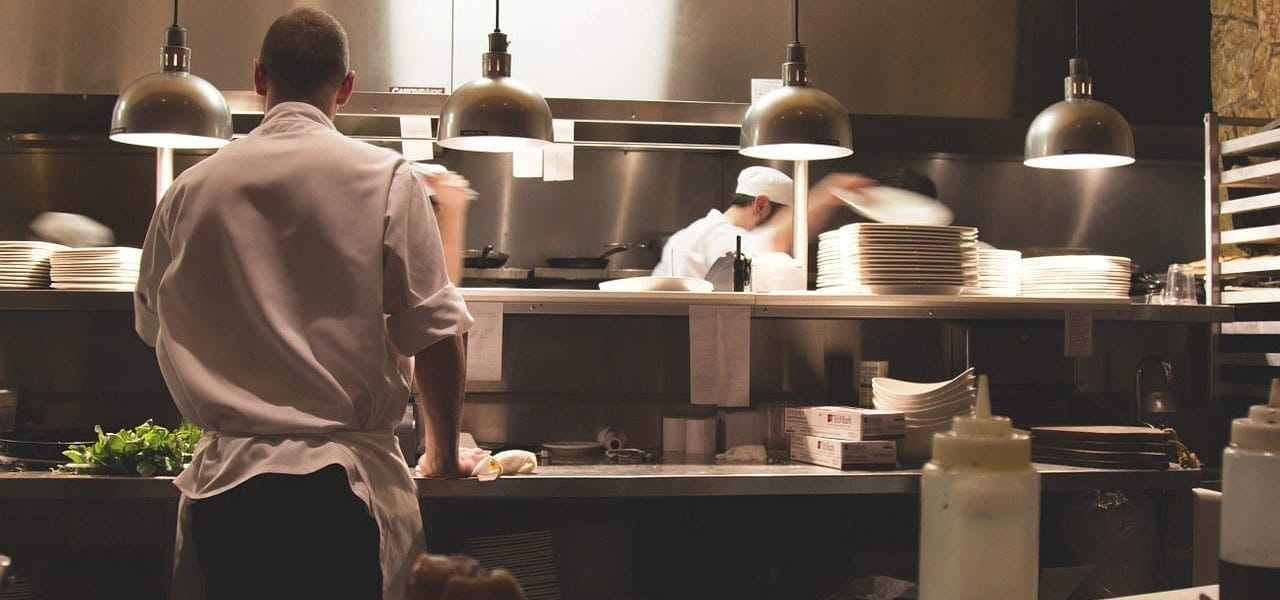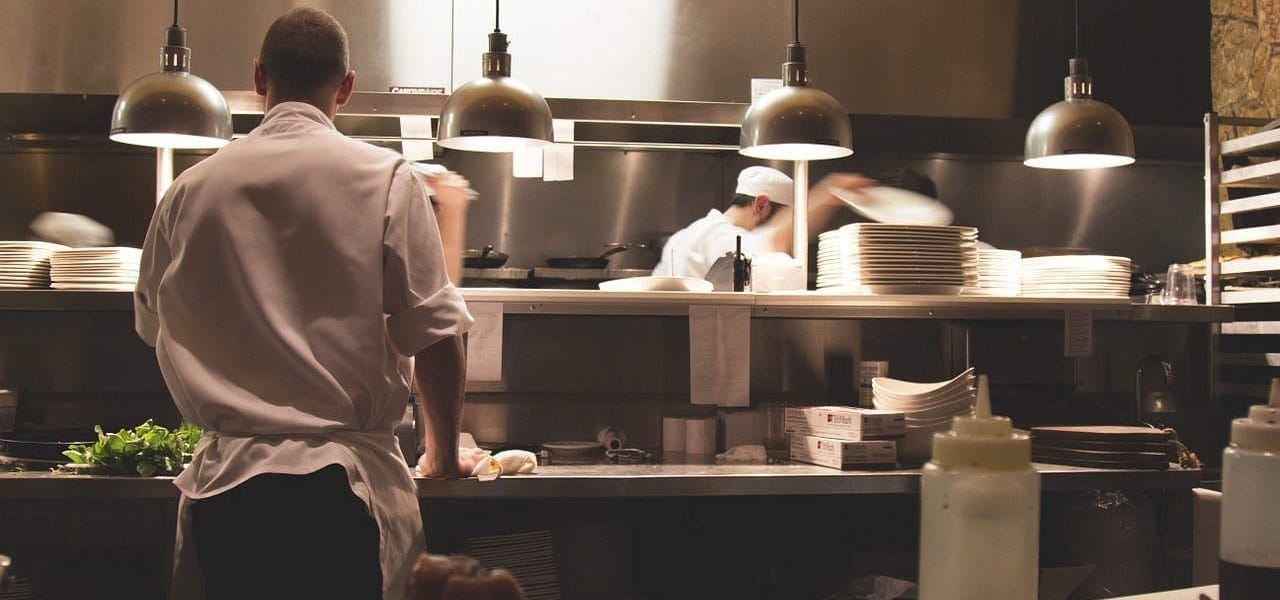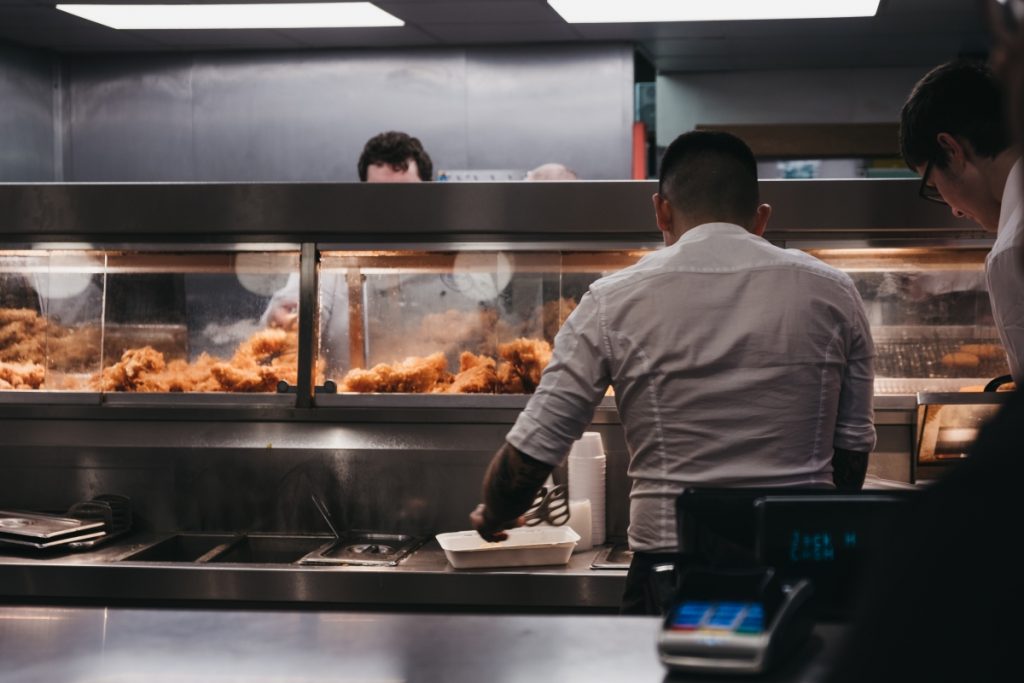Restaurant Product Liability Insurance: Food Safety & Contamination Claims
In the competitive restaurant industry, one contamination incident can devastate your business reputation and finances. Product liability insurance provides essential protection against food safety claims, helping restaurant owners navigate the complex landscape of food-related legal challenges.
Understanding Restaurant Product Liability Insurance
Restaurant product liability insurance is a specialized form of coverage designed to protect food service establishments from claims arising from the products they serve. This insurance becomes crucial when customers suffer illness, injury, or adverse reactions from consuming food or beverages at your establishment.
Unlike general liability insurance, which covers accidents on your premises, product liability insurance specifically addresses issues with the food and drinks you serve. This distinction is vital for restaurant owners who face unique risks associated with food preparation, storage, and service.
Key Components of Product Liability Coverage
- Food poisoning claims: Protection against lawsuits from customers who become ill after consuming contaminated food
- Allergic reaction incidents: Coverage for claims involving undisclosed allergens or cross-contamination
- Foreign object injuries: Protection when customers are injured by foreign objects in food
- Contamination events: Coverage for widespread contamination affecting multiple customers
- Recall expenses: Costs associated with voluntary or mandatory food recalls
Common Food Safety Risks in Restaurants
Restaurant owners face numerous food safety challenges that can trigger product liability claims. Understanding these risks is the first step in protecting your business and customers.
Bacterial Contamination
Bacterial contamination remains one of the most significant threats to restaurant operations. Common bacterial culprits include:
- Salmonella: Often found in poultry, eggs, and produce
- E. coli: Commonly associated with undercooked ground beef and contaminated vegetables
- Listeria: Can grow in refrigerated environments and affects ready-to-eat foods
- Campylobacter: Frequently linked to poultry and unpasteurized dairy products
Cross-Contamination Issues
Cross-contamination occurs when harmful bacteria transfer from one food item to another. This can happen through:
- Shared cutting boards and utensils
- Improper hand washing between food handling
- Storage of raw and cooked foods together
- Inadequate cleaning of food preparation surfaces
Temperature Control Failures
Maintaining proper food temperatures is crucial for preventing bacterial growth. Common temperature-related issues include:
- Inadequate refrigeration leading to spoilage
- Insufficient cooking temperatures
- Improper holding temperatures for prepared foods
- Extended time in the "danger zone" (40-140°F)
Allergen Management Challenges
With increasing awareness of food allergies, restaurants face growing liability for allergen-related incidents. Common allergen risks include:
- Inadequate ingredient labeling
- Cross-contamination during preparation
- Staff training gaps regarding allergen protocols
- Menu inaccuracies or omissions
Real-World Contamination Scenarios
Understanding how contamination claims develop helps restaurant owners appreciate the importance of comprehensive product liability coverage.
Case Study: Multi-Customer Food Poisoning Outbreak
A popular Italian restaurant experienced a Salmonella outbreak affecting 47 customers over a weekend. The contamination was traced to improperly stored chicken used in multiple dishes. The incident resulted in:
- £180,000 in medical expenses for affected customers
- £95,000 in legal fees and settlements
- £45,000 in lost revenue during temporary closure
- Significant reputation damage requiring extensive marketing to recover
Case Study: Severe Allergic Reaction
A customer with a severe nut allergy suffered anaphylactic shock after consuming a dessert that contained undisclosed almonds. Despite menu warnings, cross-contamination occurred during preparation. The claim included:
- £25,000 in emergency medical treatment
- £15,000 for ongoing medical monitoring
- £30,000 in compensation for pain and suffering
- Legal costs exceeding £20,000
Case Study: Foreign Object Injury
A customer bit down on a metal fragment in their soup, resulting in dental damage and requiring emergency dental surgery. The investigation revealed the fragment came from a worn kitchen utensil. Costs included:
- £8,000 for dental repairs and reconstruction
- £12,000 in compensation for pain and inconvenience
- £5,000 in legal representation
- Negative publicity affecting customer confidence
Coverage Options and Policy Features
Restaurant product liability insurance offers various coverage options tailored to different establishment types and risk profiles.
Standard Coverage Elements
- Bodily injury protection: Covers medical expenses and compensation for customers who become ill or injured
- Legal defense costs: Provides funding for legal representation and court proceedings
- Settlement negotiations: Covers costs associated with out-of-court settlements
- Recall expenses: Reimburses costs for voluntary or mandatory product recalls
- Crisis management: Supports public relations efforts to manage reputation damage
Enhanced Coverage Options
- Business interruption: Compensates for lost income during temporary closure
- Contamination cleanup: Covers costs to clean and sanitize affected areas
- Product tampering: Protection against malicious contamination by third parties
- Regulatory fines: Coverage for penalties imposed by food safety authorities
- Extended reporting period: Continues coverage for claims reported after policy expiration
Policy Limits and Deductibles
Understanding policy limits and deductibles is crucial for adequate protection:
- Per occurrence limits: Maximum payout for individual incidents
- Aggregate limits: Total coverage available during the policy period
- Deductible amounts: Your financial responsibility before coverage begins
- Sub-limits: Specific limits for certain types of claims or expenses
Factors Affecting Insurance Premiums
Several factors influence the cost of restaurant product liability insurance, helping insurers assess risk and determine appropriate premiums.
Restaurant Type and Cuisine
Different restaurant types present varying risk levels:
- High-risk establishments: Sushi bars, raw food specialists, buffets
- Medium-risk establishments: Full-service restaurants, cafes, bistros
- Lower-risk establishments: Coffee shops, bakeries, ice cream parlors
Food Safety Protocols
Restaurants with robust food safety programs often receive premium discounts:
- HACCP (Hazard Analysis Critical Control Points) implementation
- Regular third-party food safety audits
- Comprehensive staff training programs
- Temperature monitoring systems
- Allergen management protocols
Claims History
Previous claims significantly impact premium calculations:
- Frequency of past claims
- Severity of previous incidents
- Time elapsed since last claim
- Corrective actions taken after incidents
Business Size and Volume
- Annual revenue and customer volume
- Number of employees and locations
- Hours of operation
- Seasonal variations in business
Prevention Strategies and Risk Management
Implementing comprehensive food safety measures not only protects customers but can also reduce insurance premiums and claim frequency.
Staff Training and Education
Well-trained staff are your first line of defense against contamination:
- Food safety certification: Ensure all food handlers complete recognized training programs
- Regular refresher training: Update staff knowledge on current best practices
- Allergen awareness: Train staff to identify and manage allergen risks
- Hygiene protocols: Emphasize proper handwashing and personal hygiene
Temperature Control Systems
- Automated monitoring: Install digital temperature monitoring systems
- Regular calibration: Ensure thermometers and monitoring equipment are accurate
- Documentation: Maintain detailed temperature logs
- Corrective actions: Establish protocols for temperature deviations
Supplier Management
Your food safety is only as strong as your weakest supplier:
- Vendor audits: Regularly assess supplier food safety practices
- Certification requirements: Ensure suppliers maintain appropriate certifications
- Delivery protocols: Establish procedures for receiving and inspecting deliveries
- Traceability systems: Maintain records for ingredient sourcing and lot tracking
Cleaning and Sanitization
- Cleaning schedules: Develop and follow comprehensive cleaning protocols
- Sanitizer effectiveness: Regularly test sanitizer concentrations
- Equipment maintenance: Keep food preparation equipment in optimal condition
- Pest control: Implement integrated pest management programs
Regulatory Compliance and Legal Requirements
Understanding regulatory requirements helps restaurants maintain compliance and reduce liability exposure.
Food Standards Agency (FSA) Requirements
UK restaurants must comply with FSA regulations including:
- Food hygiene rating scheme participation
- HACCP implementation
- Allergen information requirements
- Temperature control standards
- Staff training requirements
Local Authority Inspections
Regular inspections by local environmental health officers assess:
- Food safety management systems
- Structural requirements and cleanliness
- Temperature control procedures
- Staff hygiene practices
- Record keeping and documentation
Documentation Requirements
Proper documentation supports both compliance and insurance claims:
- Temperature monitoring records
- Cleaning and sanitization logs
- Staff training certificates
- Supplier certifications and audits
- Incident reports and corrective actions
Claims Process and Management
Understanding the claims process helps restaurant owners respond effectively when incidents occur.
Immediate Response Steps
When a potential contamination incident occurs:
- Ensure customer safety: Provide immediate medical assistance if needed
- Preserve evidence: Secure suspected food items and maintain chain of custody
- Document everything: Record incident details, witness statements, and actions taken
- Notify authorities: Report to local health authorities as required
- Contact insurance: Notify your insurer immediately
Investigation Process
Insurance companies typically conduct thorough investigations including:
- Site inspections and evidence collection
- Staff interviews and statement collection
- Review of food safety procedures and records
- Laboratory testing of suspected food items
- Medical record review for affected customers
Settlement Considerations
Factors influencing claim settlements include:
- Severity of customer injuries or illness
- Evidence of negligence or policy violations
- Effectiveness of response and corrective actions
- Strength of food safety management systems
- Documentation quality and completeness
Choosing the Right Insurance Provider
Selecting an appropriate insurance provider requires careful consideration of several factors beyond just premium costs.
Insurer Expertise
Look for insurers with specific restaurant industry experience:
- Understanding of food service risks
- Experience with contamination claims
- Knowledge of regulatory requirements
- Specialized claims handling procedures
- Access to food safety experts and legal specialists
- Crisis management and public relations support
- Regulatory compliance assistance
- Business interruption coverage during investigations
Coverage Limits and Deductibles
Restaurant product liability policies typically offer coverage limits ranging from £1 million to £10 million or more, depending on the size and risk profile of the establishment. Higher-risk operations such as large-scale catering or food manufacturing may require higher limits.
Deductibles can vary significantly, with options ranging from £500 to £25,000 or more. Higher deductibles generally result in lower premiums but require restaurants to absorb more of the initial costs of any claim.
Common Exclusions in Restaurant Product Liability Policies
Standard Exclusions
Understanding policy exclusions is crucial for restaurant owners to avoid coverage gaps. Common exclusions include:
- Intentional contamination: Deliberate acts of food tampering or poisoning
- War and terrorism: Damage resulting from acts of war or terrorism
- Nuclear hazards: Contamination from nuclear materials or radiation
- Pollution: Environmental contamination not directly related to food products
- Cyber attacks: Digital security breaches affecting food safety systems
- Recall costs: Expenses related to voluntary or mandatory product recalls
- Business interruption: Lost income during closure (unless specifically covered)
Industry-Specific Exclusions
Restaurant policies may also exclude certain high-risk activities or products:
- Home delivery services (may require separate coverage)
- Catering operations outside the primary location
- Sale of alcoholic beverages (requires separate liquor liability)
- Food truck or mobile operations
- Manufacturing or processing beyond normal food preparation
Claims Process and Management
Immediate Response Protocol
When a potential food safety incident occurs, restaurants must act quickly to minimize liability and protect their business. The immediate response should include:
- Secure the scene: Preserve evidence and prevent further contamination
- Notify authorities: Contact local health departments and regulatory agencies
- Contact insurer: Report the incident to your insurance carrier immediately
- Document everything: Collect witness statements, photos, and relevant records
- Cooperate with investigations: Work with health officials and insurance adjusters
- Communicate carefully: Avoid admitting fault or making statements that could impact coverage
Investigation Process
Insurance companies will conduct thorough investigations of food safety claims, which may include:
- Reviewing food safety records and procedures
- Interviewing staff and management
- Examining supplier documentation and delivery records
- Analyzing laboratory test results
- Assessing compliance with health regulations
- Evaluating training programs and certifications
Prevention Strategies and Risk Management
Food Safety Management Systems
Implementing comprehensive food safety management systems is essential for preventing contamination and reducing liability exposure. Key components include:
HACCP Implementation
Hazard Analysis and Critical Control Points (HACCP) systems help identify and control potential food safety hazards throughout the food preparation process. This includes:
- Conducting hazard analysis for all menu items
- Identifying critical control points in food preparation
- Establishing monitoring procedures and corrective actions
- Maintaining detailed records and documentation
- Regular verification and validation of the system
Temperature Control
Proper temperature management is crucial for preventing bacterial growth and contamination:
- Regular calibration of thermometers and temperature monitoring equipment
- Strict adherence to safe cooking and holding temperatures
- Proper cold storage and refrigeration practices
- Documentation of temperature logs and monitoring records
Staff Training and Certification
Well-trained staff are the first line of defense against food safety incidents. Comprehensive training programs should cover:
- Personal hygiene and handwashing procedures
- Cross-contamination prevention techniques
- Proper food handling and storage methods
- Cleaning and sanitization protocols
- Allergen awareness and management
- Emergency response procedures
Supplier Management
Establishing strong relationships with reliable suppliers is essential for maintaining food safety standards:
- Conducting regular supplier audits and inspections
- Requiring food safety certifications and documentation
- Implementing traceability systems for all ingredients
- Establishing clear quality standards and specifications
- Maintaining approved supplier lists and vendor agreements
Regulatory Compliance and Legal Requirements
UK Food Safety Regulations
Restaurants in the UK must comply with various food safety regulations and standards:
Food Safety Act 1990
This fundamental legislation establishes the framework for food safety in the UK, requiring businesses to ensure food is safe for consumption and properly labeled.
Food Safety and Hygiene Regulations
These regulations implement EU food safety directives and require restaurants to:
- Register with local authorities
- Implement food safety management systems
- Maintain proper hygiene standards
- Keep detailed records and documentation
- Report food safety incidents to authorities
Food Information Regulations
These regulations require restaurants to provide accurate information about allergens and nutritional content, helping prevent allergic reactions and related liability claims.
Enforcement and Penalties
Failure to comply with food safety regulations can result in severe penalties, including:
- Fines and prosecution
- Closure orders and prohibition notices
- Loss of operating licenses
- Reputational damage
- Increased insurance premiums
Industry-Specific Considerations
Fast Food and Quick Service Restaurants
Fast food establishments face unique challenges due to high volume operations and rapid service requirements:
- Standardized procedures and training programs
- Automated temperature monitoring systems
- Strict adherence to holding time limits
- Regular equipment maintenance and calibration
- Supply chain management and quality control
Fine Dining and Full-Service Restaurants
Upscale restaurants may face different risks related to complex menu items and specialized ingredients:
- Handling of exotic or high-risk ingredients
- Complex food preparation techniques
- Wine and beverage service considerations
- Special dietary accommodations
- Event catering and off-site services
Catering and Event Services
Catering operations present additional challenges due to off-site preparation and service:
- Transportation and mobile food safety
- Temporary kitchen setups and equipment
- Extended holding times for prepared foods
- Limited refrigeration and storage facilities
- Coordination with venue facilities and staff
Emerging Trends and Future Considerations
Technology and Food Safety
Advances in technology are creating new opportunities for improving food safety and reducing liability risks:
- IoT sensors: Real-time monitoring of temperature, humidity, and other critical parameters
- Blockchain technology: Enhanced traceability and supply chain transparency
- Artificial intelligence: Predictive analytics for identifying potential food safety risks
- Mobile applications: Digital record-keeping and compliance monitoring
- Automated systems: Reduced human error in food preparation and handling
Changing Consumer Expectations
Modern consumers have higher expectations for food safety and transparency, creating new challenges for restaurants:
- Demand for organic and locally sourced ingredients
- Increased awareness of food allergies and dietary restrictions
- Social media amplification of food safety incidents
- Greater scrutiny of food preparation and handling practices
- Expectations for immediate response to food safety concerns
Conclusion
Restaurant product liability insurance is an essential component of comprehensive risk management for food service businesses. The potential consequences of food safety incidents – from individual illness claims to large-scale contamination events – can be devastating for restaurants without proper coverage.
Effective protection requires a combination of appropriate insurance coverage, robust food safety management systems, comprehensive staff training, and ongoing compliance with regulatory requirements. By understanding the risks, implementing preventive measures, and maintaining adequate insurance coverage, restaurants can protect themselves against the financial and reputational damage that can result from food safety incidents.
The food service industry continues to evolve, with new technologies, changing consumer expectations, and emerging risks requiring ongoing attention to food safety and liability management. Restaurants that proactively address these challenges through comprehensive insurance coverage and effective risk management practices will be better positioned to succeed in an increasingly competitive and regulated environment.
For restaurants seeking to protect their business against food safety and contamination claims, working with experienced insurance professionals who understand the unique risks of the food service industry is essential. Proper coverage, combined with effective risk management practices, provides the foundation for long-term success and sustainability in the restaurant business.
Protect Your Restaurant with Comprehensive Product Liability Insurance
Don't let food safety incidents threaten your restaurant's future. Contact Insure24 today to discuss your product liability insurance needs and ensure your business is properly protected against contamination claims and food safety risks.
Call us at 0330 127 2333 or visit our website at www.insure24.co.uk to get a quote tailored to your restaurant's specific needs.


 0330 127 2333
0330 127 2333
